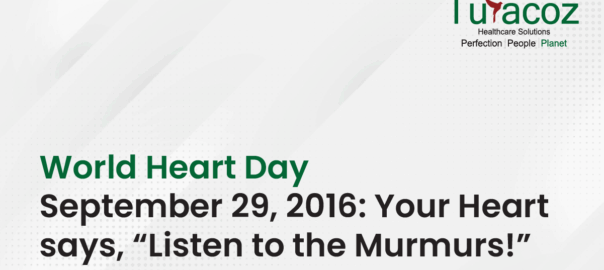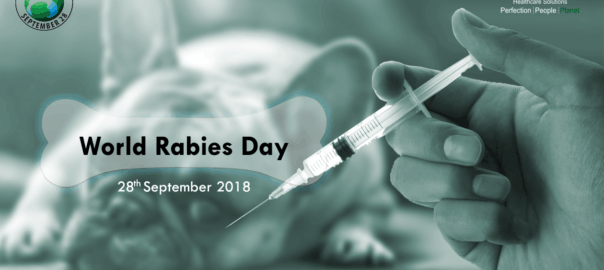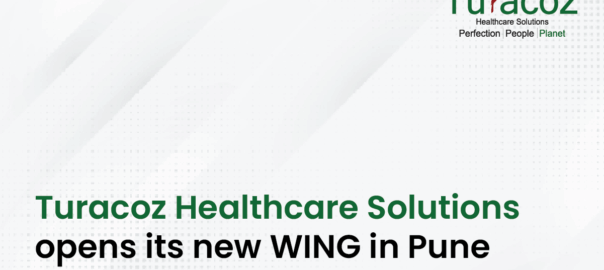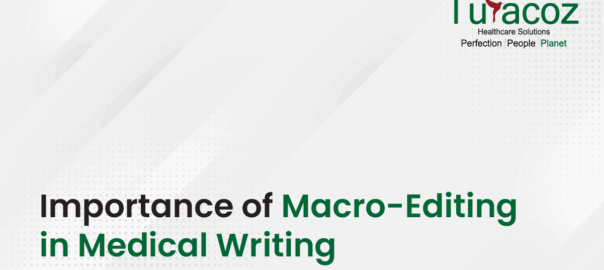Cardiovascular diseases (CVDs) are a group of disorders of the heart and the blood vessels which include coronary heart disease, cerebrovascular disease, peripheral arterial disease, ischemic heart disease, rheumatic heart disease, congenital heart disease, raised blood pressure, deep vein thrombosis, pulmonary embolism, and heart failure. The usual acute events are heart attack and stroke that are mainly caused by the blockage due to fatty-acid deposition which prevents the blood from flowing to the heart or brain.
Disease burden
- Globally, CVDs are the prime cause of death
- Around 17.5 million people died from CVDs in 2012
- Around 7.4 million deaths were due to coronary heart disease only
- More than half of the CVD deaths take place in low- and middle-income countries
Causes
Cardiovascular diseases may be caused due one or more of the following factors:
- Tobacco and/or alcohol consumption
- Unhealthy diet
- Obesity
- Physical inactivity
- Hypertension
- Diabetes
- Dyslipidemia
Symptoms
A person experiencing any cardiovascular disease can be noted with the symptoms like:
- Pain/discomfort in the centre of the chest(in case ofheart attack)
- Discomfort in the arms, left shoulder, elbows, jaw, or back
- Sudden weakness of the face, most often on one side of the body (in case of stroke)
- Difficulty in walking, speech, or vision
- Shortness of breath, fatigue, irregular heartbeats and chest pain (in case of rheumatic heart disease)
- Light-headednessor severe headache
- Cold sweating
Prevention
Thomas Fuller once said, “He who cures a disease may be the ‘skill-fullest’, but he who prevents it is the safest physician.”
Some precautionary measures and effective healthcare can definitely help in preventing the CVDs. Here are listed some healthcare measures that one should take to reduce the risk of cardiovascular problems:
- Abstain from tobacco use
- Reduce harmful consumption of alcohol
- Cut down the intake of salt in diet
- Include 5 servings of fruits and vegetables in daily diet
- Exercise for 30 minutes every day
- Get yourself checked for blood pressure, blood cholesterol and blood sugar (diabetes) every three months
Preventive measures suggested by the World Health Organisation include:
- Comprehensive tobacco control policies
- Taxation on foods that are high in fat, sugar and salt
- Campaigns to encourage physical activities such as walking and cycling
- Regulations to reduce the consumption of alcohol
- Healthy school meals for children
Individual healthcare interventions targeted to those at high cardiovascular risks
Your heart is at the heart of your health. Together with the World Heart Federation, Turacoz Healthcare Solutions (THS) raises awareness about the CVDs and wants to make you understand what you can do to fuel your heart and give power to your life. You ought to give your heart the care it deserves. So eat healthy, reduce alcohol and tobacco consumption, and keep your heart healthy. Being involved in the medical writing services, THS provides assistance in publication writing, clinical research and regulatory writing, medico-marketing writing, and support for conducting medical advisory board meetings.






